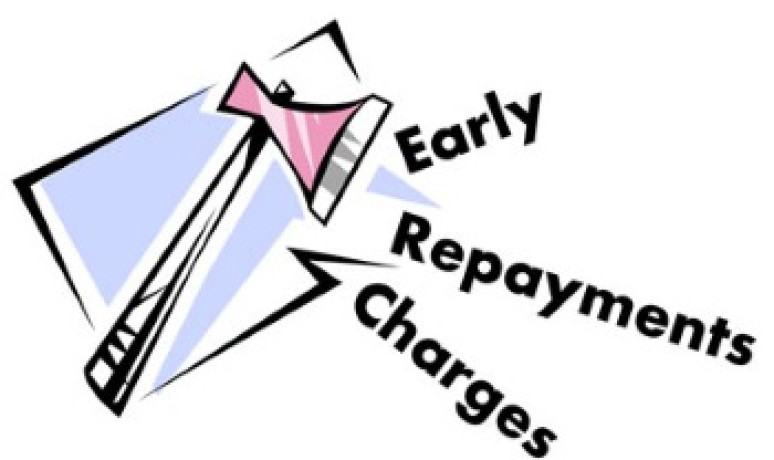Why Are Personal Loan Repayment Timelines So Important?
.png)
Personal loans serve as a vital financial tool for individuals navigating the complexities of managing debt, financing significant expenditures, or addressing unexpected financial emergencies. These unsecured loans stand out for their lack of collateral requirements, offering a streamlined solution characterized by fixed interest rates and predetermined repayment schedules. This straightforward approach facilitates financial planning, providing borrowers with a clear path to debt repayment.
However, the foundation of this financial strategy lies in selecting an appropriate repayment timeline. The duration of the loan not only impacts monthly budgeting but also plays a critical role in the borrower's broader financial health. Making an informed decision in this area is essential for anyone considering a personal loan, as it can significantly influence both immediate financial stability and long-term fiscal outcomes.
The Significance of Loan Terms
The term of a loan is a crucial element that dictates the repayment period. With personal loans, terms typically range from one to seven years, offering flexibility to suit various financial situations and objectives. The choice of term length is instrumental in determining the repayment structure, directly affecting the monthly payment amount and the total interest paid over the loan's lifespan. Opting for a shorter term can lead to higher monthly payments but ultimately results in lower total interest costs, reflecting the reduced risk for lenders over a shorter repayment period. Conversely, a longer term eases the monthly financial burden by spreading payments over more time, albeit at the cost of higher total interest due to the extended period of interest accumulation.
This decision is nuanced, requiring borrowers to carefully evaluate their current financial health, anticipated future income, and overall financial objectives. The right loan term balances immediate financial needs with long-term goals, ensuring that monthly payments are manageable without undermining financial stability or future plans. It's a decision that underscores the importance of strategic financial planning, highlighting the need for individuals to consider their broader financial landscape when choosing a loan term.
Choosing the Right Repayment Timeline
Selecting the optimal repayment timeline for a personal loan is a decision of significant financial consequence, demanding a comprehensive analysis of one's financial landscape. The choice between short-term and long-term loans is influenced by several factors, including:
- income stability,
- existing financial obligations,
- savings and emergency fund levels,
- personal financial goals.
Short-term loans, though requiring higher monthly payments, are financially advantageous in the long run, offering lower total interest costs and a quicker path out of debt. This option is particularly appealing to those with stable, sufficient income and a desire to minimize long-term financial liabilities.
Long-term loans, with their lower monthly payments, provide immediate relief to the monthly budget, making them suitable for individuals with tighter financial constraints or those prioritizing other financial goals that require more immediate funding. However, the trade-off is the increased total interest paid over the life of the loan due to the extended repayment period.
When considering the right repayment timeline, borrowers must also factor in their risk tolerance, the potential for income fluctuation, and their overall financial strategy, including retirement planning and investments.
It's a complex decision that benefits from careful deliberation, and in some cases, consultation with a financial advisor can provide valuable insights, helping borrowers to align their loan repayment strategy with their broader financial goals.
Impact on Interest Rates and Total Interest Paid
The relationship between loan term lengths and interest rates is a fundamental aspect of personal lending that significantly influences the cost of borrowing. Shorter loan terms are often associated with lower interest rates due to the reduced risk perceived by lenders, as the shorter duration lessens the likelihood of default. This advantage makes shorter-term loans an attractive option for borrowers looking to minimize the cost of borrowing. However, the benefit of a lower interest rate must be balanced against the higher monthly payments required, which can strain the borrower's budget.
To navigate this decision, borrowers should employ loan calculators to meticulously compare the total interest costs associated with different loan terms. This analytical approach provides a clear picture of how varying term lengths impact the total financial obligation, enabling borrowers to choose a term that optimizes their interest payments relative to their financial capacity and goals.
Moreover, understanding the impact of interest rates on the total cost of borrowing underscores the importance of financial literacy in personal finance management. By grasping these concepts, borrowers can make informed decisions that align with their financial objectives, ensuring they choose loan terms that facilitate their long-term financial health and stability.
Considering Early Repayment
The option of early loan repayment is a strategic financial move that can offer several benefits, including interest savings and potential improvements to credit scores. However, this decision must be approached with a nuanced understanding of the borrower's loan agreement, particularly regarding any prepayment penalties that may apply.

These penalties can diminish the financial benefits of early repayment, making it crucial for borrowers to weigh the cost of such fees against the savings on interest.
Benefits of early repayment include:
- Interest Savings: Paying off a loan early reduces the amount of time interest can accumulate, leading to substantial savings on the total cost of the loan.
- Credit Score Improvement: Successfully managing and repaying debt early can positively affect credit scores, reflecting financial responsibility and reliability to future lenders.
- Increased Financial Flexibility: Eliminating monthly loan payments frees up income for other financial goals, such as savings, investments, or other debt repayment, enhancing overall financial security and flexibility.
Nevertheless, the decision to repay a loan early should be informed by a comprehensive assessment of the borrower's financial situation, including their savings, investment goals, and other debt obligations. In some cases, it may be more advantageous to allocate extra funds towards investments with higher returns rather than accelerating loan repayment.
Conclusion
Navigating the selection of a repayment timeline for a personal loan is a critical financial decision with enduring implications for an individual's fiscal health. This process demands a thorough evaluation of one's financial situation, an understanding of the interplay between loan terms and interest rates, and a strategic approach to aligning loan repayment with personal financial goals. Employing financial tools like repayment calculators and seeking professional advice can greatly assist in this decision-making process, enabling borrowers to choose loan terms that best support their financial stability and long-term objectives.
Ultimately, the journey to financial prudence with personal loans is rooted in informed decision-making. By carefully considering the factors that influence loan repayment, including term lengths, interest rates, and the potential for early repayment, borrowers can navigate the complexities of personal lending with confidence. This informed approach ensures that decisions are made with a comprehensive understanding of their financial implications, fostering long-term financial health and success.



-small.jpg)

